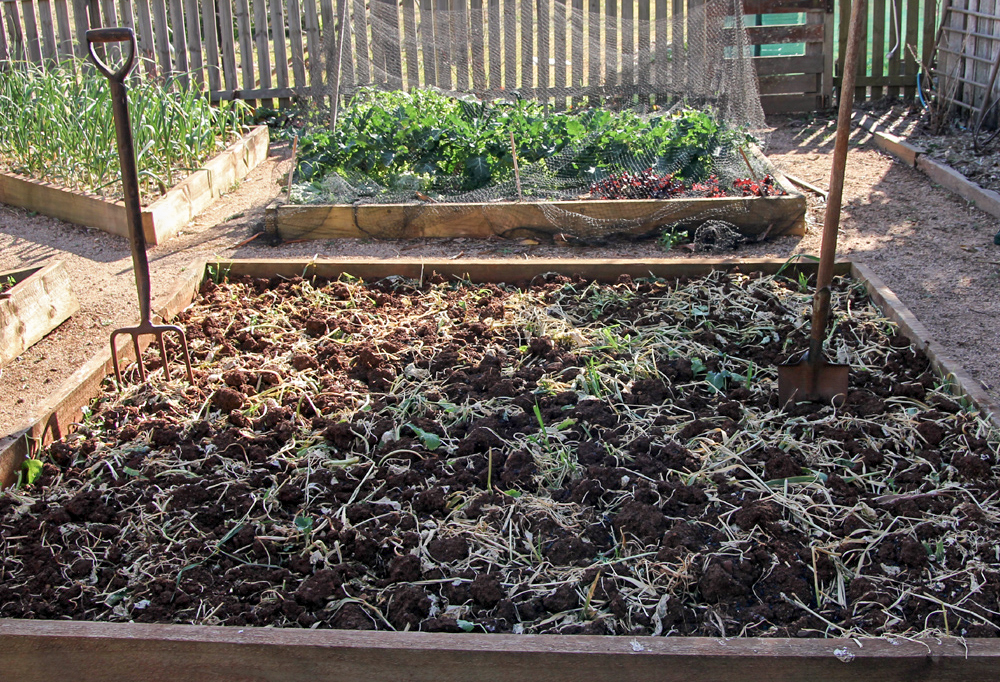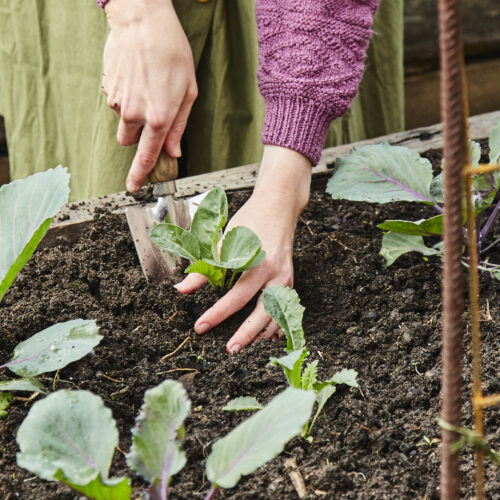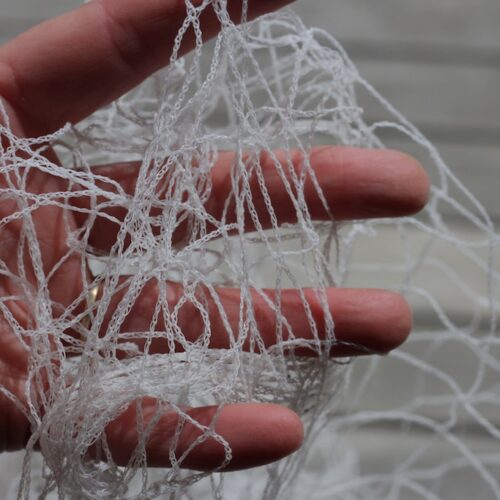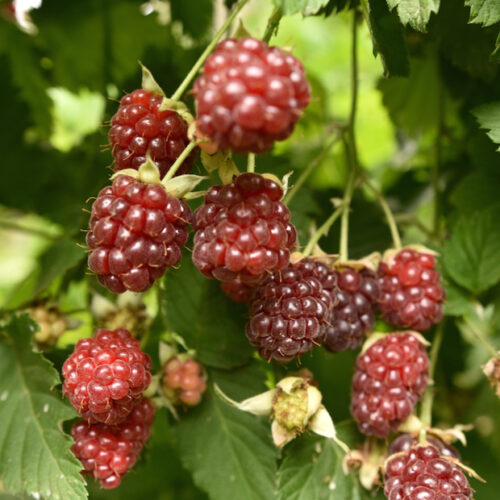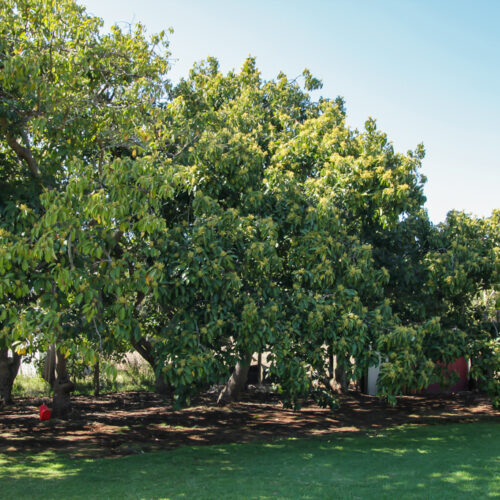Gardening jobs for July
2017-06-30T22:00:00+10:00
Justin Russell discovers a new found love for July and suggests some warming winter gardening action.
The older I get, the more I love July. This is as much a surprise to me as anyone, because I always assumed that winter would become progressively harder to cope with as my personal year-o-meter rises. But in fact, I’m finding that the opposite is true. Deep winter is a wonderful time of the year. Like a black and white pencil sketch, everything is thrown into stark relief. The landscape becomes quieter, less complex. Activity in the garden slows to a crawl. Interior delights, both within the home and within the mind, assume a greater importance than they do in summer, when the focus of mind and living radiates to the outdoors. In July, I have time and space to think and dream. It’s just about my favourite month of the year.
As for jobs at this time of year, the various climate zones are a true mixed bag of opportunities. In southern Australia and the cooler highlands, July is a pretty ordinary month to be doing much at all outside. The added rainfall of the last month also means that the soil is likely wet, cold and probably best left until spring.
One job you might want to tackle is some bare-rooted planting. Regardless of whether you’ve ordered fruit trees online, or just picked a rose bush or two from the local nursery, the principles of bare-root planting are universal. Cut off any damaged roots, soak the root mass in a bucket of liquid seaweed to rehydrate, dig a hole appropriate to the size of the plant, add amendments to your soil as required (perhaps to adjust the pH, or increase the soil’s moisture holding capacity), bung in the plant, backfill carefully (avoid air pockets in the backfilled planting hole at all costs, as they cause roots to dehydrate), water in well (ideally with liquid seaweed) and stake if necessary (only required in windy locations).
In slightly warmer areas, July is a great month to start prepping soil for spring. I’m a fan of minimal till gardening, a concept that sits somewhere between regular cultivation and no-dig. At this time of the year I like to dig in manures both green and animal, and add any amendments (lime, fertiliser, minerals, etc) to my soil while I’ve got the digging fork out of the shed. The best time to dig is after a solid frost, which breaks apart soil clods, and the worst time is when the soil is very wet. If the latter is true, wait until sun and wind dry it out a bit.
Animals can be voracious pests in the garden. When deadling with them don’t fall for gimmicks such as fake predators, ultrasonic devices, stinky sprays and the like. The best defence against animals is a physical barrier of some kind, like a net or a fence. The trick, I reckon, is to devise a workable solution for your particular circumstances that doesn’t make the vegie patch feel like a prison farm – a good opportunity to spend some time in front of the wood heater, cuppa in hand, thinking up a plan, methinks.

